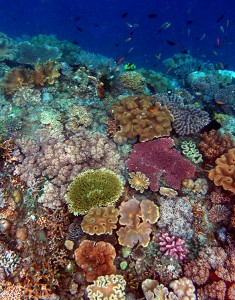Do you remember the quote “You wouldn’t download a car”? It was the message that accompanied the dark, serious commercial on piracy. But with the wonders of technology, something like that is actually possible as silly as that sounds. How? 3D printing.
3D printing has been around since the 1980’s but has really started to take off more recently in the 2010’s due to a reduction in price and availability of the 3D printer. Although the 3D printer shares its name with the commonly used 2D computer printer, they are fundamentally quite different as the 3D printer prints out material in layers, one over another. Due to the versatility of the 3D printer, science has been utilizing 3D printers in a wide variety of ways, and this progressive stance has made an impact on many fields.
One example of science’s venture into 3D printer comes in the form of medical science, as 3D printer allows for the creation of things like the human liver. Obviously, the 3D printer doesn’t just magically make a kidney appear out of nowhere, so how does it do it? The San Diego Company, Organovo has been making a great deal of progress on it, and they are doing this by printing out a mass of human cells which can be thought of as the ink. These human cells cluster to form structures, before adding another layer. These layers eventually fuse to form the 3D shape of the organ. Although that description is a bit simpler than what actually happens, it gives a brief idea of how it is done.

Another way science has been utilizing 3D printers is in a field like marine-ecology. 3D printers are capable of recreating coral reef that can be placed into damaged marine ecosystems. These artificial coral reefs provide a source of habitat and helps improves the health of marine life there. This is exactly what is happening in the region of the Persian Gulf, an area where overfishing has been negatively impacting the ecosystem there. The use of artificial reef is bringing back balance back into the area.
Those two examples give just a quick glimpse of what 3D printing can do and although it isn’t too widespread at the moment due to the price and the tech of the 3D printer. Over time, as price decreases and tech goes up, 3-D printing will continue to make its mark on science.
– Jeffrey Chen




